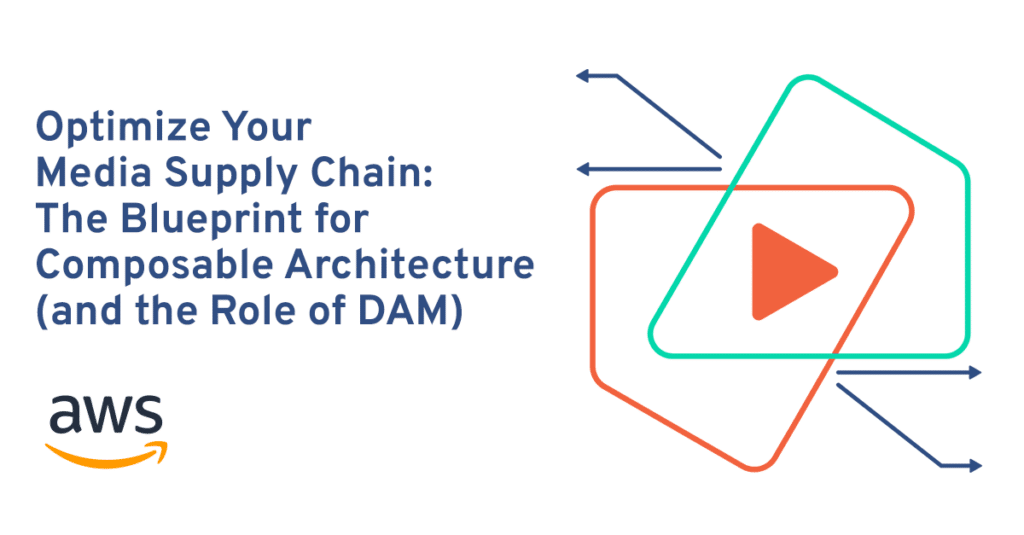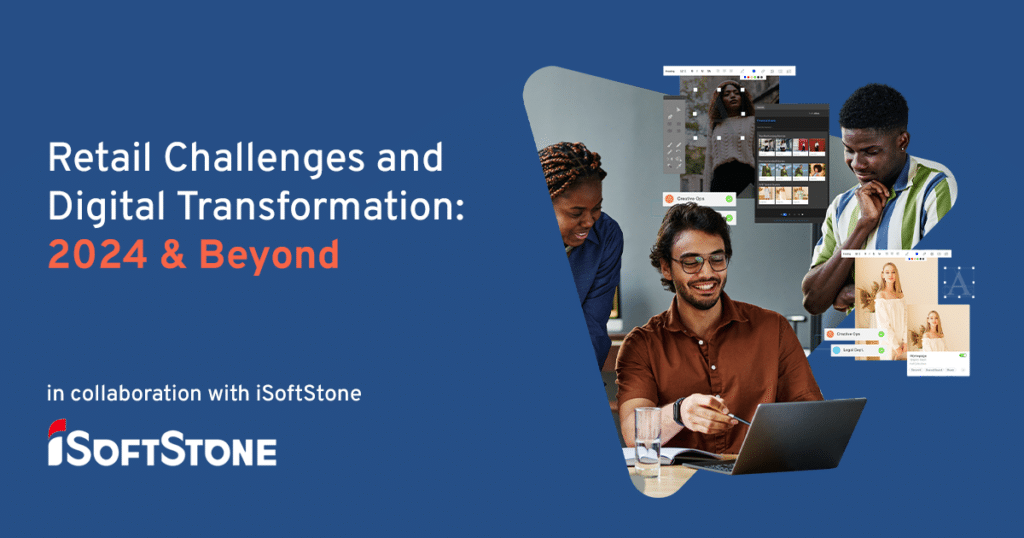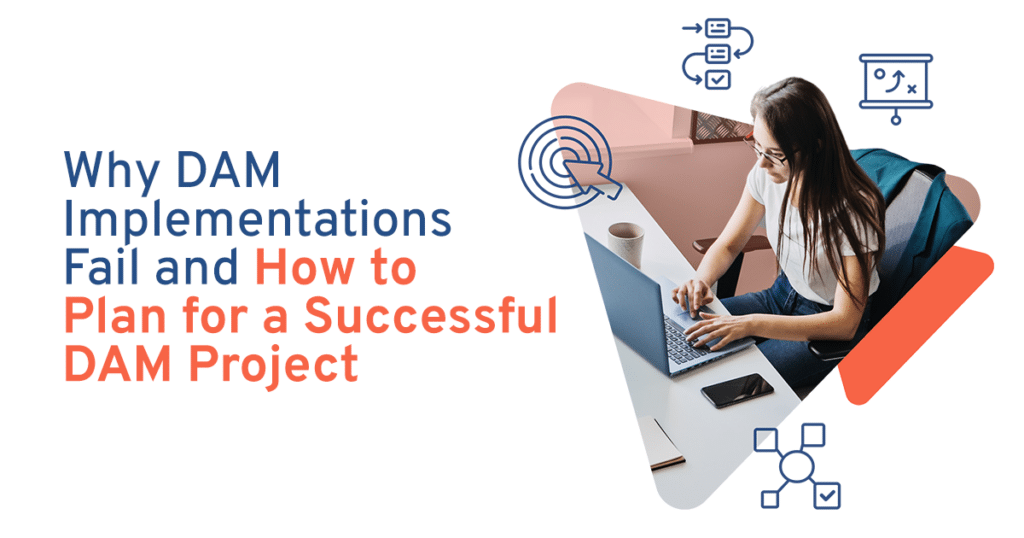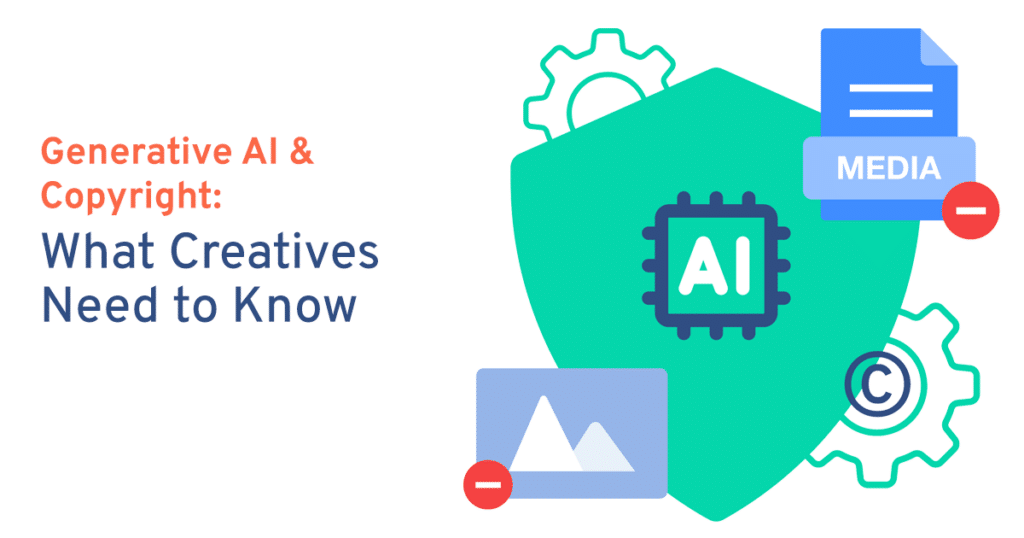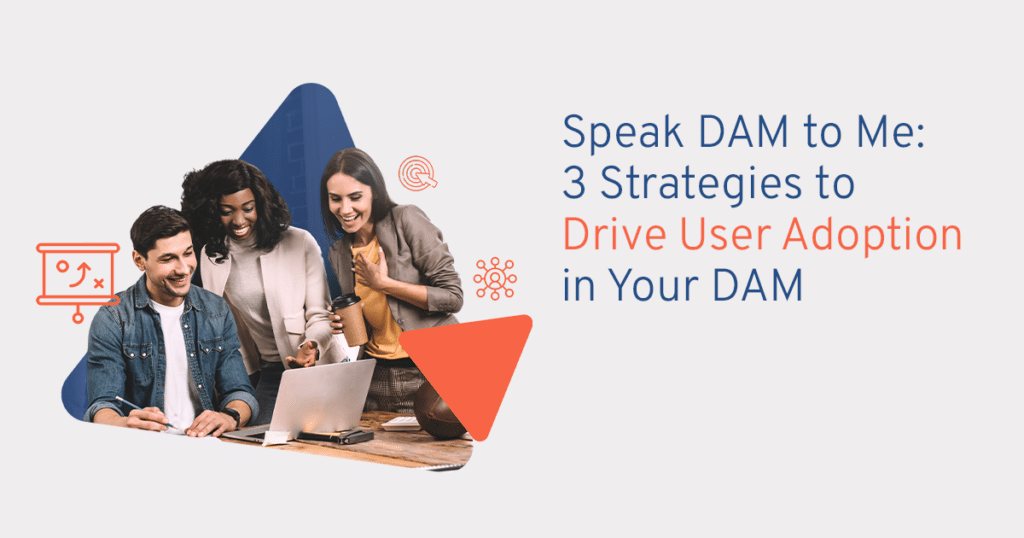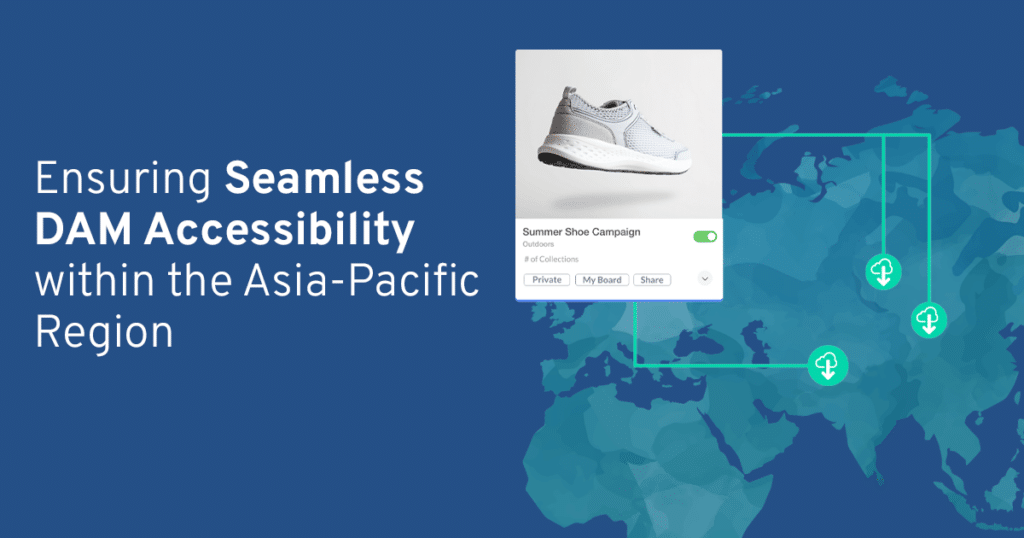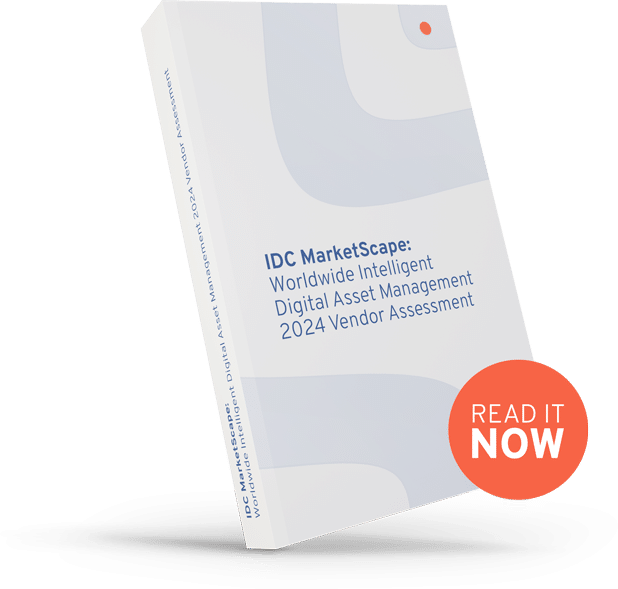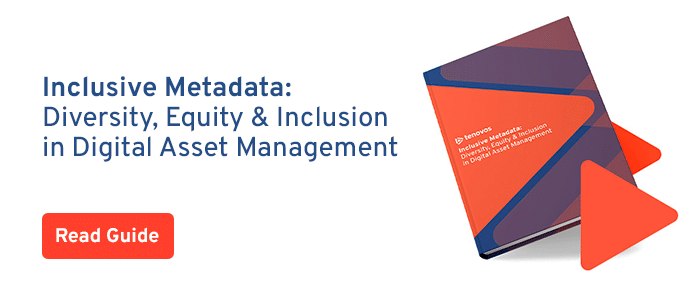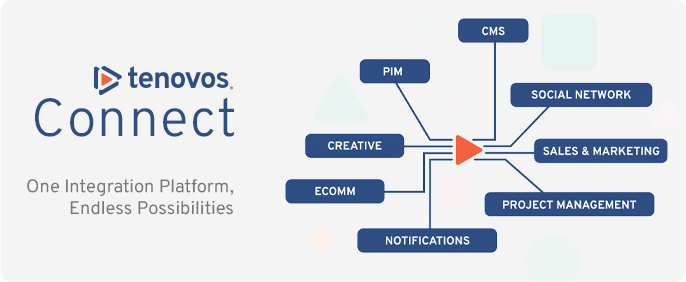Far too few companies are talking about the crisis of utilization: Most people using DAM software are touching just a tiny percentage of the available time-saving features.
This prevents those companies from graduating from the “crawl” phase of implementation. Which means they’ll never enjoy the advanced analytics that made the sales demo so compelling. The system will never become anything more than a complex (and expensive) repository.
If a company is stuck here too long, they evaluate a new DAM and the cycle repeats.
Want to break the cycle? It has everything to do with your implementation. You want to find a DAM that acts like a partner, not a vendor. Today, I’ll share four warning signs to tell the two apart.
Let’s get into it.
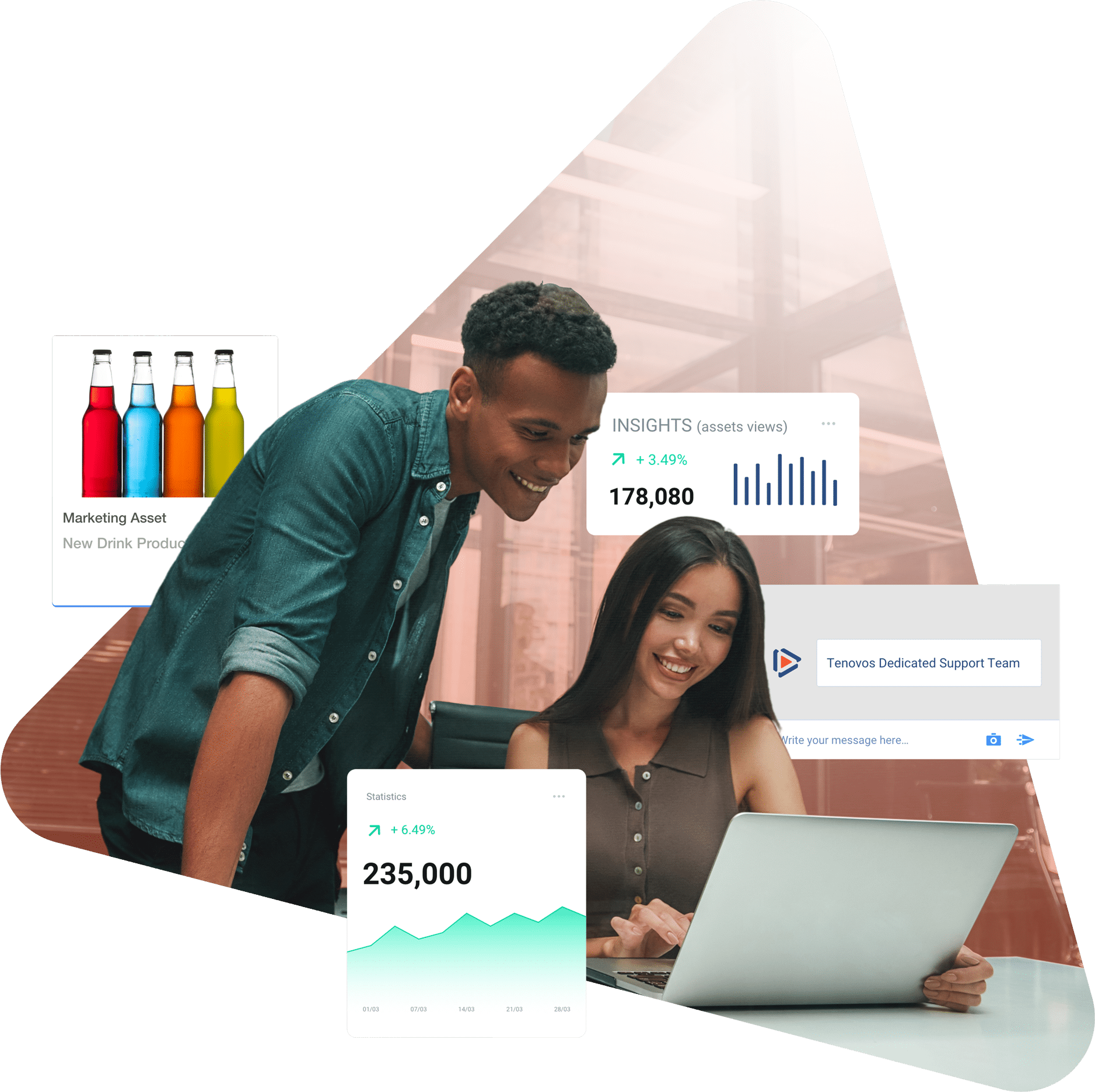
Read this in-depth guide on evaluating DAM vendors.
1. Vendors apologize for services.
Partners are proud to offer them.
To a vendor—a company that sees you as a “target” source of subscription revenue—services are obligatory. Their salespeople frequently apologize for having to charge for them, and often aren’t compensated on them. They say, “Sorry, but there’s this one-time fee.” Sometimes they can waive it. If this feels like a senseless penalty, that’s understandable because that’s how their own employees seem to see it.
A partner—a company that sees you as a person who’s trying to achieve something big—services are an exciting opportunity. They know that software is infinitely moldable, and the way to ensure you look good to your boss is to build you a strong foundation:
- Understanding your phases of implementation and delivery
- Identifying the wins that will make others in your company want to adopt
- Auditing the downstream outputs before building it out
- Planning for the “end game” so each rollout supports your existing goals
- Linking the DAM project to your existing initiatives
A partner is excited to offer services because they can see what it’ll help you achieve. And they know what’s good for you is good for them, too, in the long run.
2. A vendor wants to set you up. A partner wants to earn you praise.
Vendors are almost always disappointed to learn new things post-implementation. Their implementation teams are on a punishing timeline with many projects. Changes mean they have to log unexpected hours and miss their targets. If they never heard a peep from you, they’d be delighted.
Whereas a partner is excited to learn new things, even if it elongates the work for them. They know that no plan survives contact with reality, and they want you to succeed. For them, it’s not about getting the DAM turned on so they can depart—it’s about putting it to its highest use in the initial phase to get you an early win. And if they learn something in the next phase, that’s exciting because it’s going to help them iterate to the next win. That’s how you evolve a system. Ultimately, they’re trying to earn you praise from leadership—which is their best measure of your mutual long-term success.
(And of course, while it would be wonderful if all software just worked out of the box, given the two realities—a reluctant vendor or an eager partner—most companies would rather have the latter.)
” They know that no plan survives contact with reality, and they want you to succeed.”
3. A vendor wants you to learn them. A partner wants to learn you.
A major reason DAM teams don’t see a return on their implementation is this: They fail to bend that system to support their own creative process. The less adaptive a DAM is, the greater the change management required. If that implementation isn’t excellent, you can discover that after three years, users are still circumventing it with WeTransfer.
Part of this is about the software. I’d say about half. The other half is how that company helps you implement. Vendors are eager for you to learn them—their terminology, their system, their trademarked words—because adapting takes work, and they have many other customers to help.
A partner learns your business. They become so embedded they know what you’re thinking. There’s one client right now where I can read the Zoom based on their expressions. I’m part of their team. I know what they’re trying to achieve. And that’s the necessary ingredient to fitting the DAM as a scaffold around your company, not the other way around.
“There’s one client right now where I can read the Zoom based on their expressions.
I’m part of their team.”
4. A vendor says “yes.” A partner says “it depends.”
If you’re evaluating a DAM and the salesperson seems more concerned about the timeline than your goals and asks inquisitive questions about your budget, you’ve probably got a vendor on your hands. These sales teams are quick to say “yes.”
Good partners are interested in challenging your thinking. They have to. When an organization has successfully implemented hundreds of DAMs, that team knows all the trap doors and is eager to share that knowledge. Partner DAM sales teams are eager to loop in implementation and success people to give the less satisfying, more realistic answer, “It depends.” Because it almost always does.
Noticing a theme?
Partners care about you, your goals, and what success looks like in 3-5 years. There aren’t many organizations that can afford to act like partners, and it’s always a function of culture. You’ll find that difference obvious in their questions, in how they measure their employees’ success, and in how they treat you in the evaluation: as a person, not a target.
Ultimately, the distinction between a DAM partner and a DAM vendor can significantly impact the success and efficiency of your digital asset management strategy. A partner doesn’t just provide software – they’ll demonstrate a vested interest in your long-term success. They’ll be willing to evolve alongside your needs, learn from your challenges, and work hand-in-hand to drive your business toward its goals.
By fostering a collaborative and transparent relationship, a partner empowers you to make the most out of your digital assets and streamline your workflows effectively. To them, it’s more than a business transaction; it’s a commitment to a lasting partnership that can enable your success.
So, when you’re evaluating DAMs, make sure you prioritize finding a true partner, not just a vendor.
And if you want to be one of the lucky few to avoid the crisis of utilization (where three years in, users still are using just a tiny fraction of the time-saving features) – you should start considering these prompts, which tell the two apart.

